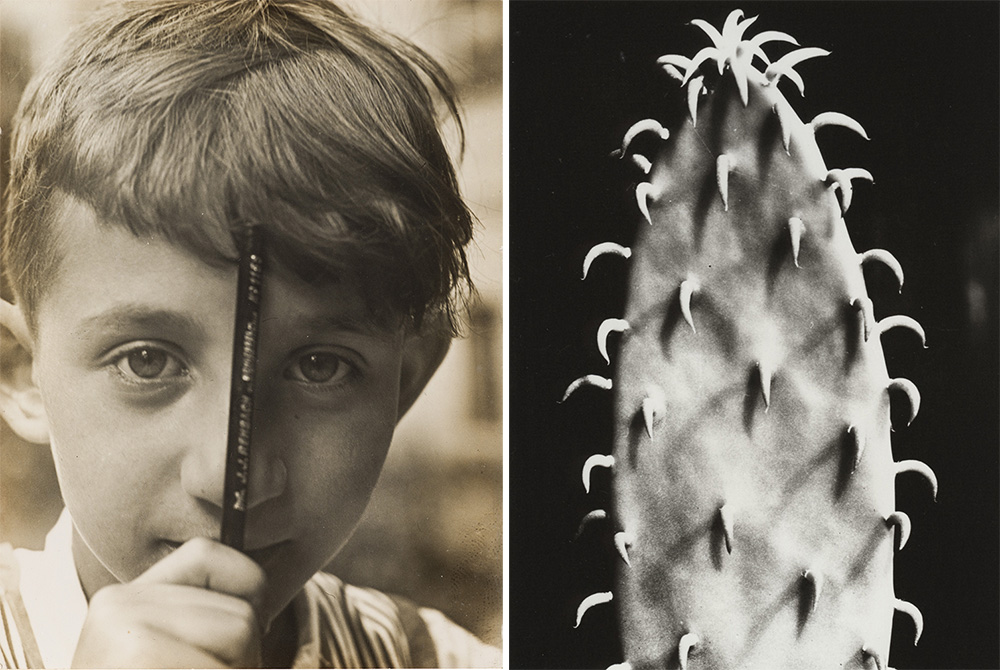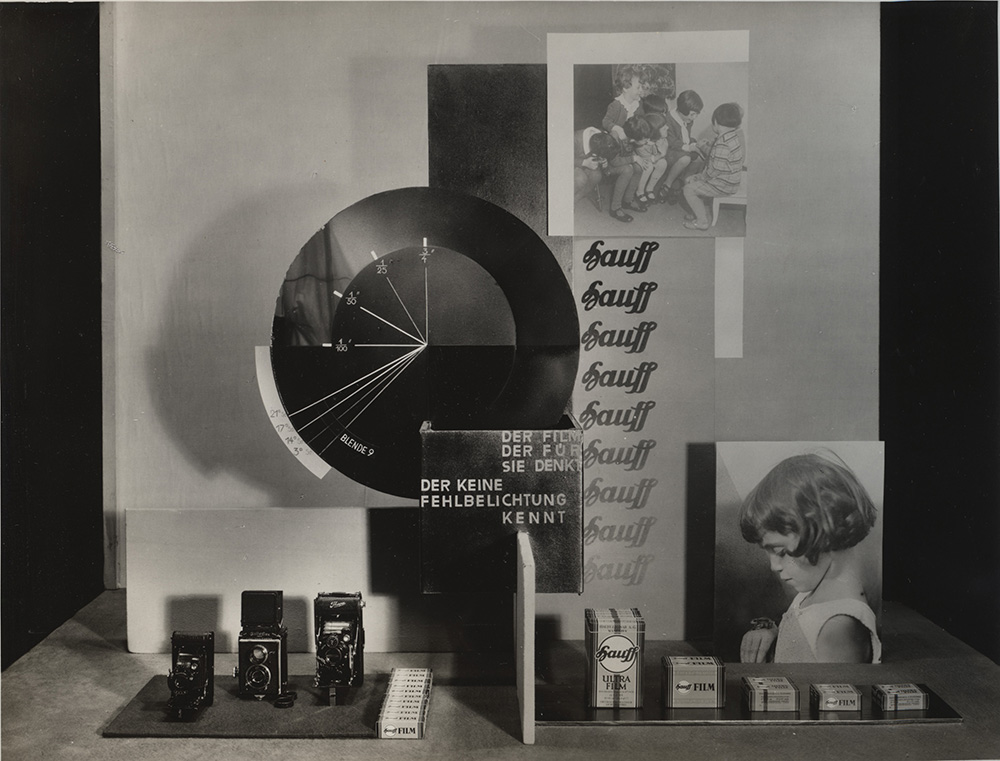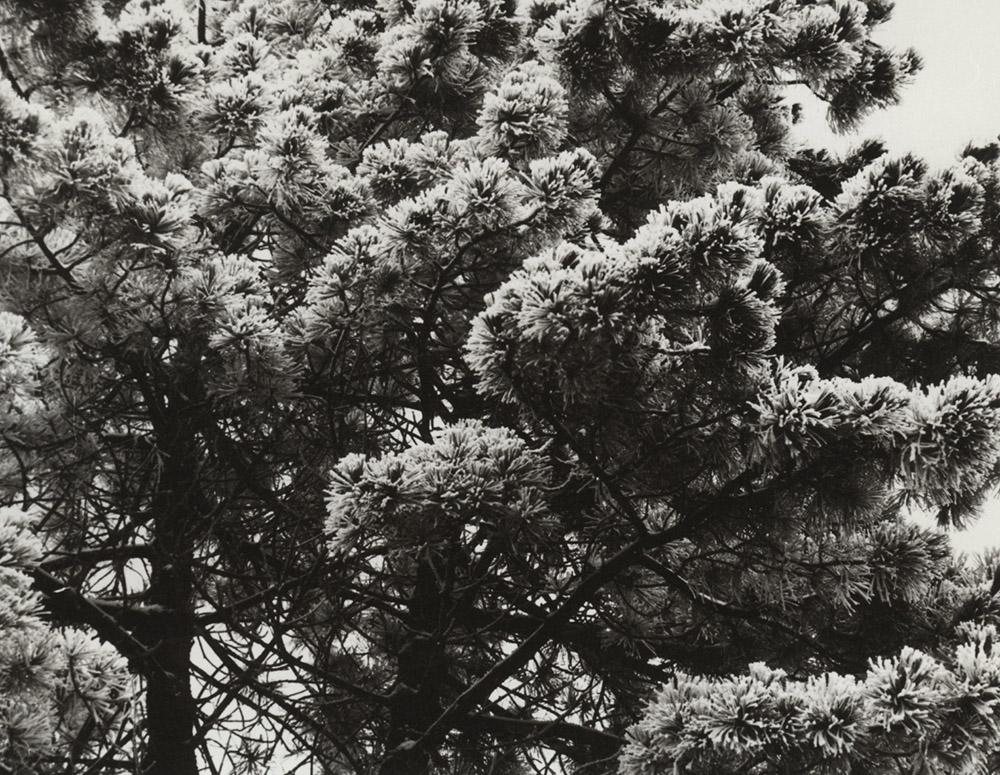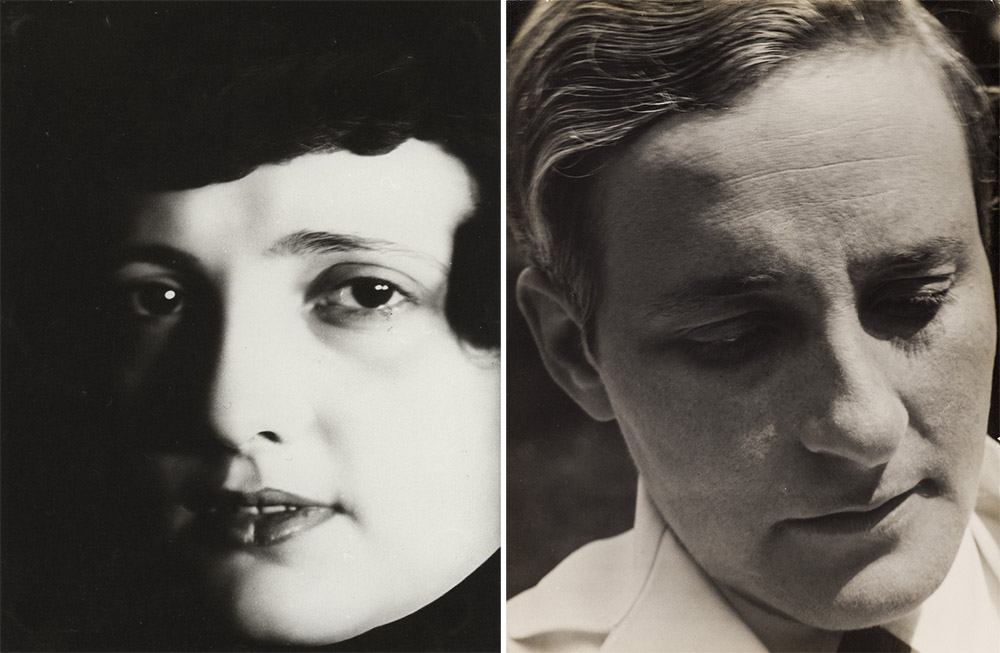PHOTO:Aenne Biermann
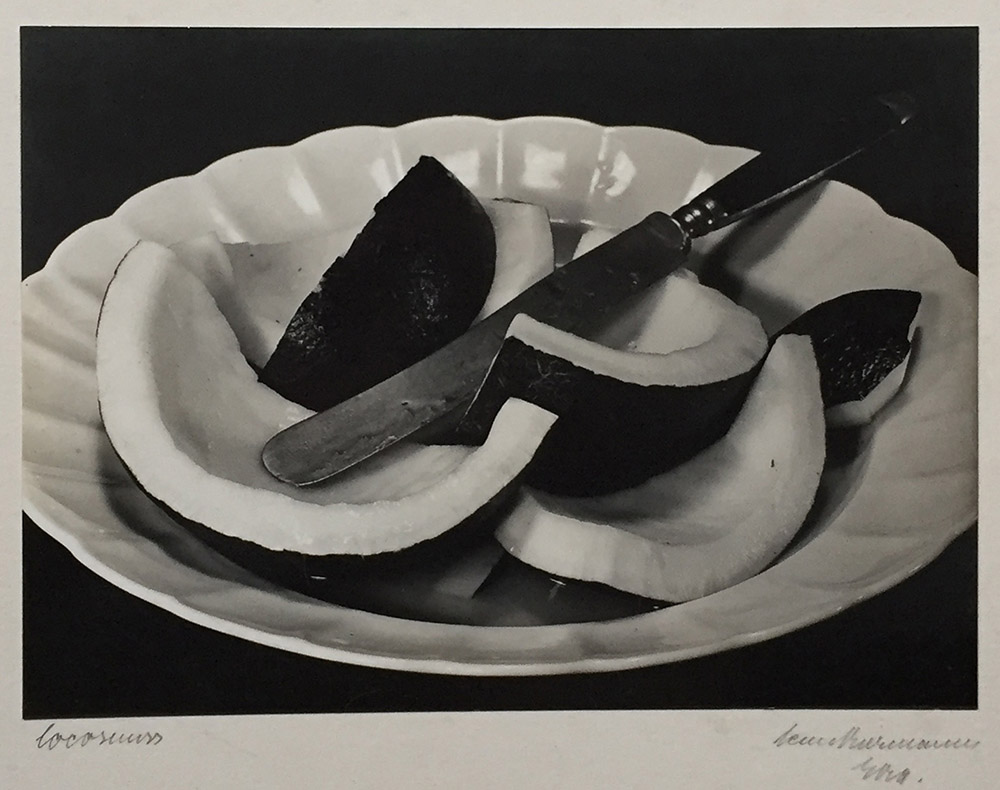 Aenne Biermann was a self-taught photographer who developed one of the most sophisticated modernist practices in interwar Germany. She assimilated many of the formal innovations of the New Photography movement, exploring modernist motifs such as botanical forms and radical close-ups of the human face. In both public and private spheres she adopted a modernist imperative to abandon traditional ways of seeing and view the world from a new perspective.
Aenne Biermann was a self-taught photographer who developed one of the most sophisticated modernist practices in interwar Germany. She assimilated many of the formal innovations of the New Photography movement, exploring modernist motifs such as botanical forms and radical close-ups of the human face. In both public and private spheres she adopted a modernist imperative to abandon traditional ways of seeing and view the world from a new perspective.
By Efi Michalarou
Photo: Museum Ludwig Archive
The Museum Ludwig is taking the ongoing processing of the Agfa company archive, which merged with the Leonar and Perutz archives in 1964 and a recent purchase of four works by Aenne Biermann as an occasion to present all twenty-four photographs, eleven negatives, and seventeen small-format archive prints by Biermann along with other archival materials for the first time in the exhibition “Photographer’s Name: Aenne Biermann” A self-taught photographer, Aenne Biermann was born Anna Sibilla Sternfeld into a wealthy mercantile family in Goch, on the Lower Rhine, where she received an education in culture and music. In 1920 she married Herbert Joseph Biermann, a prosperous textile merchant and art lover whose family was a founding member of the Jewish community in Goch; following their wedding, they moved to the progressive town of Gera. The couple soon had two children, who were the photographer’s first subjects. An avid amateur mineralogist, it was through her collection of rocks that in 1926 she met the geologist Rudolf Hundt, who commissioned her to photograph his specimens the following year for his scientific work. Her photographs of minerals transformed her practice from the early personal views of her children to the close-up, direct studies of form that would define her photographs of plants and people that followed and make her a central figure in New Objectivity photography. In 1929 there followed photographs of household utensils. A desire to extract something unfamiliar from everyday experience combined with her technical photographic equipment and the optical/chemical possibilities of development in the laboratory. Self-taught, Aenne Biermann worked in relative isolation, deriving her distinct tendency towards innovative photography primarily from professional journals and books. Nevertheless, her works were displayed in all the international photography exhibitions of the late 1920s and early 1930s, alongside those of Lucia Moholys, Florence Henris and Germaine Krulls. Writing in 1929 about her development as a photographer, Aenne Biermann stated: “I realized ever more clearly that the lighting was of critical importance for the clarity of the work. … The effect of light on the polished surface of a metal utensil, a play of shadows seldom noticed, surprising contrasts of black and white, the problem of achieving a happy spatial arrangement in a picture, created inexhaustible surprises”. Biermann died from liver disease, at the age of thirty-five, in 1933, being of Jewish origin, Biermann’s archive was confiscated by the Nazis in 1939 and has never been fully recovered, of the three thousand or so negatives she made, approximately four hundred prints survive.
Info: Museum Ludwig, Heinrich-Böll-Platz, Cologne, Duration: 16/6-30/9/18, Days & Hours: Tue-Sun 10:00-18:00, www.museum-ludwig.de
